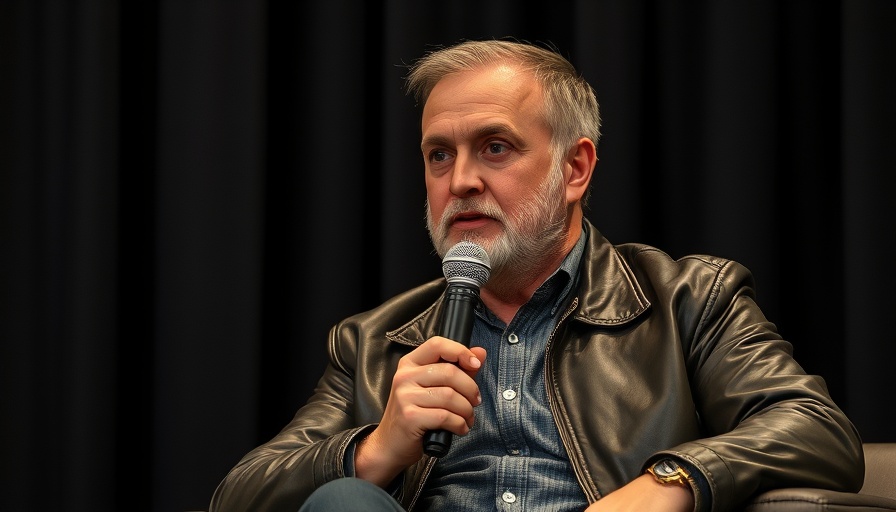
The exciting journey of a tech pioneer into space
As Baiju Bhatt transitions from Robinhood's Chief Creative Officer to the founder of Aetherflux, he embarks on an ambitious journey that could reshape the renewable energy landscape. Aimed at beaming solar power from space, Aetherflux raises not only the possibility of sustainable energy generation but also posits itself as a player in national defense strategies.
Why Aetherflux’s vision is crucial
Traditional concepts of solar power from space have long been dismissed due to their large-scale implementations requiring enormous geostationary satellites. Bhatt’s approach seeks to navigate around these complexities by leveraging smaller, innovative technologies. Such advancements could hasten the implementation of renewable energy solutions, aligning with a pressing global demand for sustainable practices.
Implications on renewable energy and healthcare technology
The intersection of Bhatt’s innovations in energy technology and their relevance to healthcare is undeniable. Health systems increasingly prioritize sustainability, and renewable energy sources could significantly lower operational costs when implemented in hospital infrastructures. Technology that effectively harnesses solar energy could potentially power critical medical devices and equipment, leading hospitals toward greener practices.
A look towards the future: space technology in healthcare
The implications of space-based energy solutions extend beyond sustainability; they could pave the way for innovations in telemedicine, remote health monitoring, and even emergency response systems reliant on reliable power sources. Imagine hospitals powered by uninterrupted solar energy, enabling them to maintain operations during crises or natural disasters.
Evaluating the risks and opportunities
As with any groundbreaking technology, there are challenges. Bhatt must navigate regulatory hurdles, technological feasibility, and the industry's skepticism. However, if successful, his vision could revolutionize how healthcare facilities operate, making them more resilient and environmentally responsible.
For stakeholders in health IT, monitoring Aetherflux’s development could yield useful insights into how integrating new energy technologies can enhance operational efficiency and patient care in healthcare settings.
 Add Row
Add Row  Add
Add 




Write A Comment